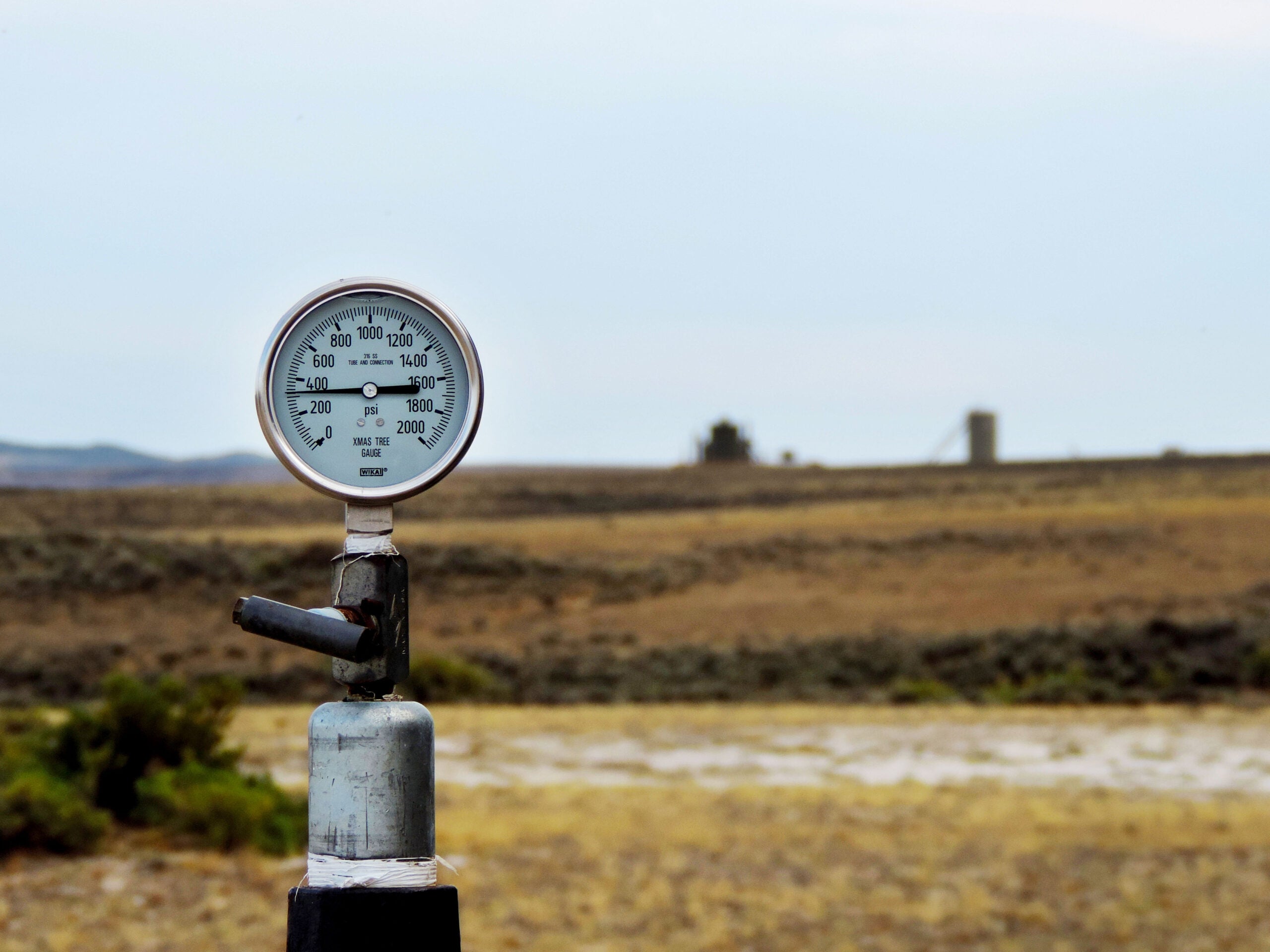Fracking by the Numbers
Fracking just doesn’t add up; it causes more social, economic and environmental problems than it solves. Renewable energy sources provide a welcome alternative.

This page was published 10 years ago. Find the latest on Earthjustice’s work.
Oil and gas production has soared in America as fracking spreads to an increasing number of states. The federal Energy Information Administration’s Annual Energy Outlook predicts that in 2040, the U.S. will only be importing 20 percent of its oil and natural gas, down from about 60 percent in 2011. However, fracking of oil and gas has left polluted water, damaged land and concerned citizens in its wake. Using a by-the-numbers approach, we discovered that the benefits of fracking do not outweigh the dangers, whereas the upsides of renewables are plentiful.
First, horizontally fracked wells require huge amounts of water. Between 2005 and 2013, fracking operations used 250 billion gallons of water nationally, according to a report by Environment America. In drought-stricken New Mexico, fracking consumed 1.3 billion gallons of water. Once water is used to frack, it often becomes unusable toxic wastewater.
Second, nationwide high school dropout rates have risen due to fracking, according to a recent study by the National Bureau of Economic Research. The study’s authors, using data from 2000 to 2013, concluded that more high school males dropped out to work in the oil and gas industry or supporting industries. But these jobs trapped the teenagers in low-skill, low-education roles permanently. Their hoped-for wage boost? It proved to be temporary.
Along with other states, Pennsylvania has seen employment rates drop, but many other social problems also increase with fracking. Crime, sexually transmitted diseases, traffic deaths and even rents have all risen in areas with increased fracking. Tioga County, home to the second largest fracking industry in the state, suffered a 123 percent increase in violent crime in five years, after a 19 percent drop in prior years.
For many of these communities, working in the fracking industry might seem like the only opportunity around, but there is another way. There are ample opportunities for renewable energy in states where fracking occurs. Pennsylvania, for example, could tap into more of its wind energy potential. North Dakota already sources 15 percent of its energy from wind. New Mexico has incredible solar energy potential.
The benefits of renewables are overwhelming. Along with producing few or zero emissions, wind and solar power require almost no water to collect, leaving more clean water for people, plants and animals to drink and enjoy. Replacing fossil fuels with renewable energy also reduces overall healthcare costs, as well as premature deaths and lost workdays, from air and water pollution.
Transitioning to sustainable, renewable energy is now within reach. A recent study by the National Renewable Energy Laboratory concluded that, “Renewable electricity generation from technologies that are commercially available today, in combination with a more flexible electric system, is more than adequate to supply 80 percent of total U.S. electricity generation in 2050 while meeting electricity demand on an hourly basis in every region of the country.”
And cleaner energy brings more jobs. The Union of Concerned Scientists found that a 25 percent renewable energy standard by 2025 would “create more than three times as many jobs as producing an equivalent amount of electricity from fossil fuels.”
In 2011, the wind energy industry employed 75,000 Americans in full-time positions, and 70 percent of equipment used in wind turbines is now domestically manufactured. The hydroelectric industry employed still more people in 2009, reaching 250,000 employees. More jobs still are created in solar, geothermal and other renewable industries. And among other pluses, states that create clean energy jobs at home spend within their local economies, keeping more money in the region.
The bottom line is clear: America deserves better than fracking, and renewables provide that brighter future.